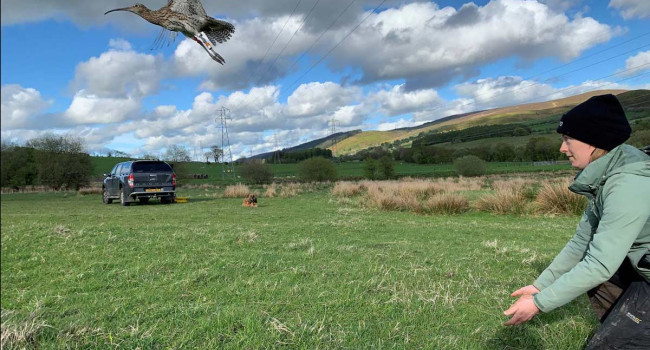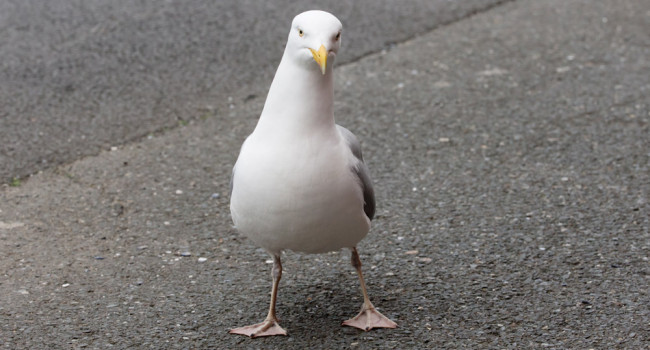Woodland birds charge into gardens
01 Nov 2012 | No. 2012-41
Woodland birds are pouring into gardens amidst reports of patchy seed and nut availability in the countryside. Eye-catching Siskin, Brambling, Nuthatch, Jay and Great Spotted Woodpecker are leading the way, new results from the British Trust for Ornithology (BTO) reveal.
This winter is shaping up to be one of the most exciting ever for garden bird enthusiasts. Latest findings from BTO Garden BirdWatch, a year-round survey of garden wildlife, show that over 80% of our frequently spotted garden bird species have been more abundant over recent weeks compared with 2009–2011.
|
|---|
Other woodland species are also converging on garden feeders. These include the trio of Nuthatch, Jay and Coal Tit. A common thread links these three birds. All are known to store food during autumn – a process known as caching – to ensure that they have sufficient reserves for the winter ahead. When natural seeds and nuts are scarce, it makes sense that these species would spend more time in gardens storing food provided by householders.
Berries also appear to be thin on the ground in parts of the countryside this autumn. In gardens, however, different fruits and berries are available owing to the presence of many native and non-native trees and shrubs. Perusing these morsels in unusually high numbers this autumn have been several members of the thrush family, most notably Blackbird, Mistle Thrush, Redwing and Fieldfare.
Tim Harrison, BTO Garden BirdWatch, commented: “Our woodlands have hit the headlines over recent weeks due to Ash dieback disease. These new results, collected weekly by volunteer birdwatchers in partnership with the BTO, highlight the importance of gardens to birds when woodland seeds and nuts, such as those produced by Beech, oak and Ash, become scarce.”
He added: “October saw levels of garden bird activity that we would normally expect at the end of November, so we are already well ahead of the curve this year. As winter draws in and natural foods are depleted yet further, people can expect to see lots more birds on their feeders.”
Dr Harrison concluded with some feeding advice: “Aim to provide a range of bird foods in your garden, such as suet blocks for tits, sunflower hearts and nyjer seed for finches, mealworms for Robins, ground seed mixes for Dunnocks and apples and pears for thrushes. Then, just sit back and let the BTO know what you see.”
Make your garden count with the BTO! For a free Garden BirdWatch enquiry pack, including a copy of our quarterly magazine for participants, email gbw [at] bto.org or telephone 01842-750050.
Notes for Editors
- The BTO Garden BirdWatch is the only nationwide survey of garden birds to run weekly throughout the year, providing important information on how birds use gardens, and how this use changes over time. Currently, some 14,500 people take part in the project. The project is funded by participants' contributions and is the largest year-round survey of garden birds in the world. For more information see www.bto.org/gbw.
- The results presented here are from BTO Garden BirdWatch, comparing data from October 2012 vs. the October average from 2009–2011. Weekly peak counts of around 40 ‘core’ garden species were examined.
- The BTO is the UK's leading bird research organisation. Over thirty thousand birdwatchers contribute to the BTO's surveys. They collect information that forms the basis of conservation action in the UK. The BTO maintains a staff of 100 at its offices in Norfolk, Stirling and Bangor, who analyse and publicise the results of project work. The BTO's investigations are funded by government, industry and conservation organisations. www.bto.org






Share this page